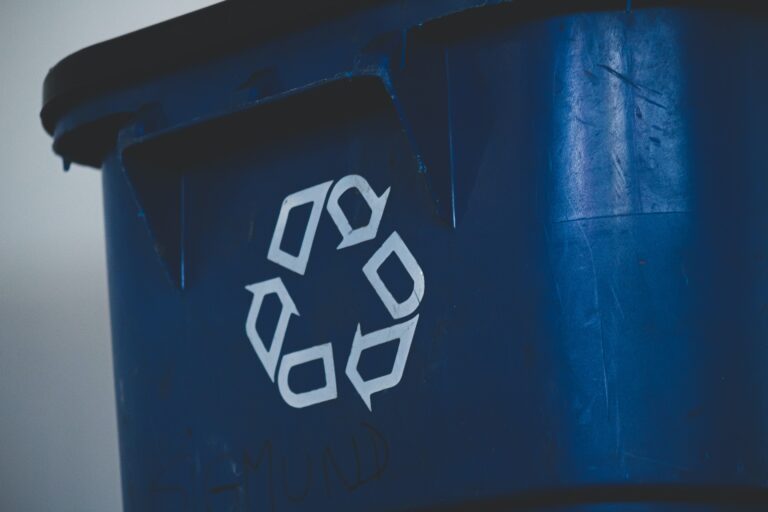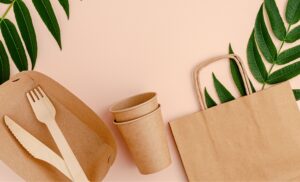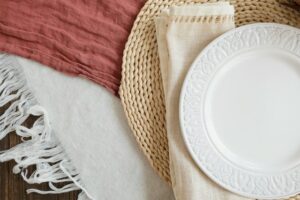Biodegradable vs. Non-Biodegradable Materials
Biodegradable materials are substances capable of decomposing naturally, returning to the environment as harmless compounds. Non-biodegradable materials, conversely, do not break down significantly and persist in the environment for extended periods.
Examples of Biodegradable Materials
Examples of biodegradable materials include food scraps, paper, cardboard, and certain plastics like PLA (polylactic acid). These materials degrade naturally over time through microbial action.
Examples of Non-Biodegradable Materials
Non-biodegradable materials comprise many plastics, synthetic textiles, metals, and glass. These materials do not decompose readily and often remain intact for centuries.
Key Differences
Biodegradable materials break down naturally into organic matter, while non-biodegradable materials persist indefinitely. The former minimizes environmental impact, while the latter contributes to pollution and waste.
Environmental Impact of Non-Biodegradable Materials
Non-biodegradable materials pose significant environmental threats. They accumulate in landfills, oceans, and ecosystems, releasing toxins and causing harm to wildlife. Their persistence in the environment exacerbates pollution and resource depletion.
The Imperative of Choosing Biodegradable Materials
Choosing biodegradable materials is essential to mitigate environmental damage. Biodegradable options reduce waste, alleviate the burden on landfills, and minimize the release of harmful substances into ecosystems. Making informed choices in favor of biodegradable materials aligns with sustainable and eco-conscious living.
Johtopäätös
The stark contrast between biodegradable and non-biodegradable materials underscores the importance of mindful material selection. Biodegradable materials promote a sustainable, less-polluted future, while non-biodegradable counterparts perpetuate environmental degradation. Opting for biodegradable alternatives is a conscientious step towards preserving our planet for future generations.






